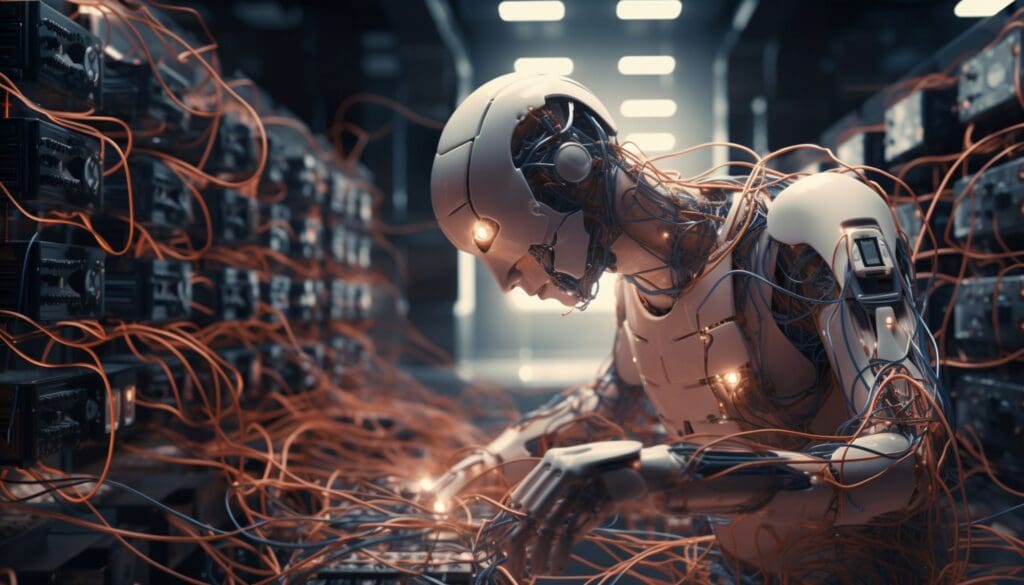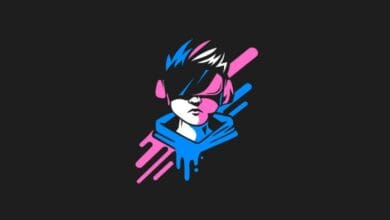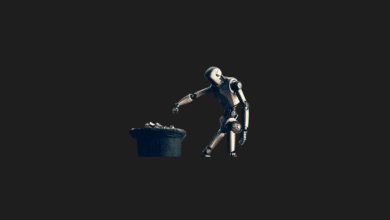Understanding Artificial Intelligence Hallucinations

Hallucination, as described by the French psychiatrist Dominique Esquirol, is the experience of perceiving objects or events without any external stimuli. This could involve hearing one’s name called when no one is present or seeing objects that do not exist.
In the realm of artificial intelligence (AI), hallucinations occur when generative AI systems produce or detect information without a genuine source, presenting it as factual to users.
These unrealistic outputs can appear in systems like ChatGPT, classified as large language models (LLMs), or in Bard and other AI algorithms designed for a range of natural language processing tasks. AI hallucination is observed when an AI model produces outcomes that are unrealistic or misleading during processes like data analysis and image processing. Factors contributing to such phenomena may include training on inadequate or contradictory data, overfitting, or the inherent complexity of the model.
AI models depend on the data they are trained with to execute tasks. As entrepreneur and educator Sebastian Thrun emphasized in his 2017 TED Talk, contemporary algorithms necessitate vast amounts of data to function optimally. Specifically, large language models are trained with enormous datasets, which equip them to recognize, translate, predict, or generate text or other forms of content.
How much do we trust artificial intelligence?

The interaction with artificial intelligence chatbots has become a significant pastime and utility for many, given their surge in popularity for both entertainment and practical information retrieval in professional and research contexts. However, there are moments when AI algorithms produce outputs that do not stem from their training data or recognizable patterns, a phenomenon often referred to as “hallucinating.”
An IBM article compares AI hallucinations to the human brain’s tendency to recognize shapes in clouds or to see the Moon’s rugged surface as a human face. These AI misinterpretations are attributed to various factors, including biased or incorrect training data and the model’s complexity.
A prominent example of AI hallucination occurred with Google’s AI chatbot Bard, which provided a misleading statement about the James Webb Space Telescope. This error was inadvertently showcased by Google in an advertisement shared on Twitter, where Bard was posed the question, “What new discoveries can I tell my 9-year-old about the James Webb Space Telescope?”

Google’s AI chatbot, Bard, mistakenly stated that the James Webb Space Telescope had taken the first photographs of a planet outside our solar system. This claim is incorrect.
The honor of capturing the first images of an exoplanet goes to the European Southern Observatory’s Very Large Telescope (VLT) in 2004, long before the James Webb Space Telescope, which was launched in 2021.
This incident underscores the challenges and limitations faced by AI in providing accurate information, highlighting the importance of verifying AI-generated content.
If the AI is hallucinating, does that mean it’s becoming humanoid?

As the field of artificial intelligence (AI) evolves at a swift pace, the comparison between AI and human capabilities grows increasingly complex. The use of the term “hallucination” to describe instances where AI identifies and presents non-existent sources as real to users has sparked debate. While this terminology does not suggest that AI has attained human-like consciousness, some contend that “confabulation” might be a more fitting term.
“Confabulation” refers to the fabrication of stories or explanations without the intent to deceive, often due to memory gaps, which could align more closely with the nature of AI errors. Unlike “hallucination,” which implies a mental state unique to humans, “confabulation” captures the unintentional generation of inaccurate information by AI systems without attributing human mental processes to them.
Permanent solution to prevent hallucination

Artificial intelligence models are developed through training on extensive datasets. The data fed into these models is pivotal in shaping their behavior and the quality of their outputs. Ensuring the training datasets are large, balanced, and well-organized is crucial in minimizing AI-generated inaccuracies, often referred to as “hallucinations.” By adopting this approach, the reliability and effectiveness of AI systems can be significantly improved.
How can you block out possible hallucinations when talking to your AI chatbot?

Guiding AI to select from predetermined options can enhance the accuracy of its responses, similar to the way some individuals prefer multiple-choice tests over open-ended questions. Open-ended queries increase the risk of arbitrary and incorrect responses.
However, by employing a process of elimination, AI can more readily determine the correct answer. When engaging with AI, leveraging existing knowledge to streamline its responses can decrease the chances of generating hallucinations.
You may also like this content
- The End of Chatbots: Why 2026 is the Year of AI Agents (And What It Means for Your Job)
- Would You Choose a Robot Body or a Digital Mind?
- Nano Banana Pro: Free 4K Photo Upscaling Tool
Follow us on TWITTER (X) and be instantly informed about the latest developments…











